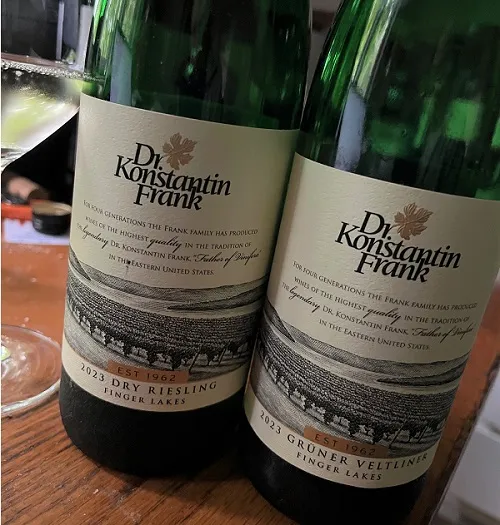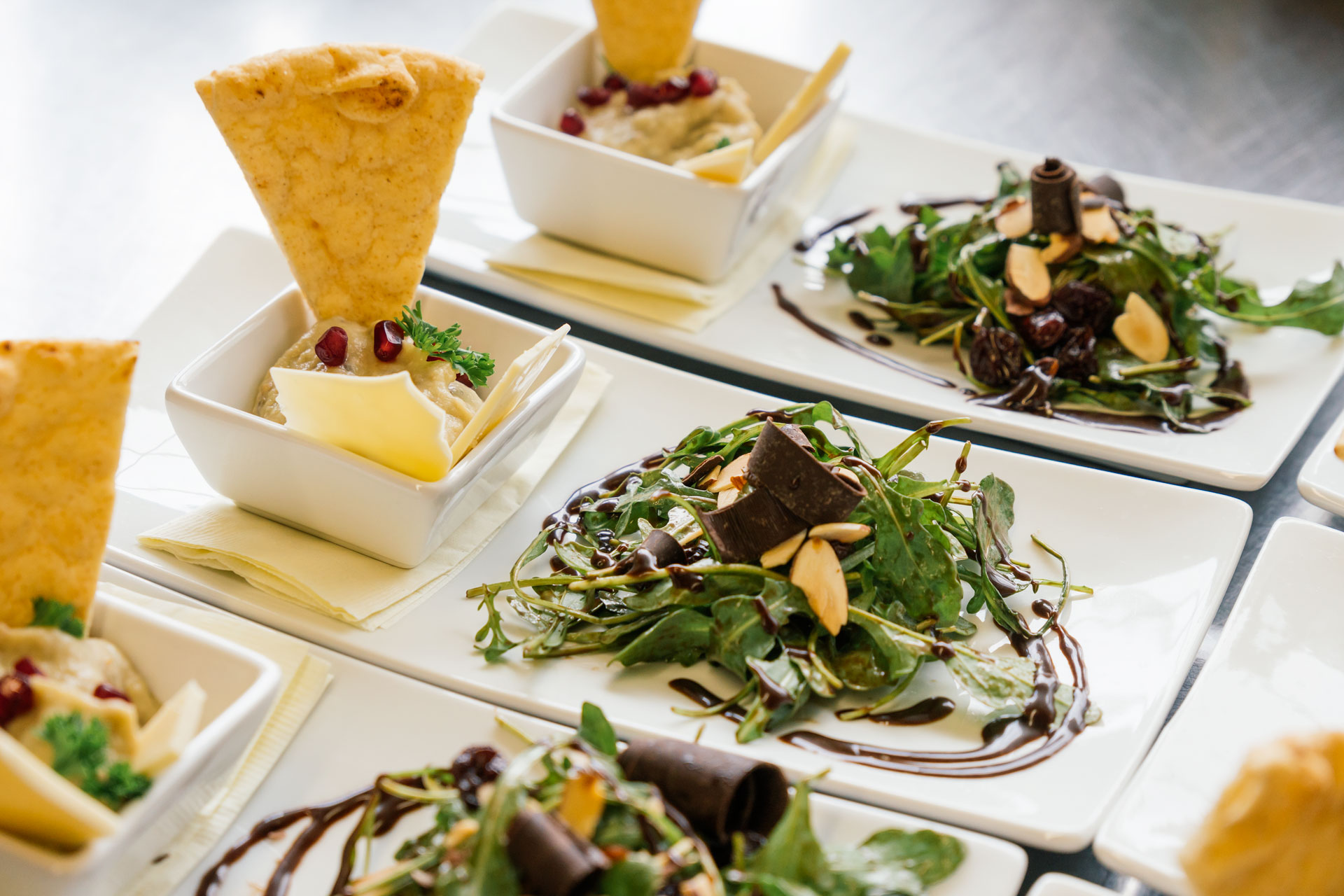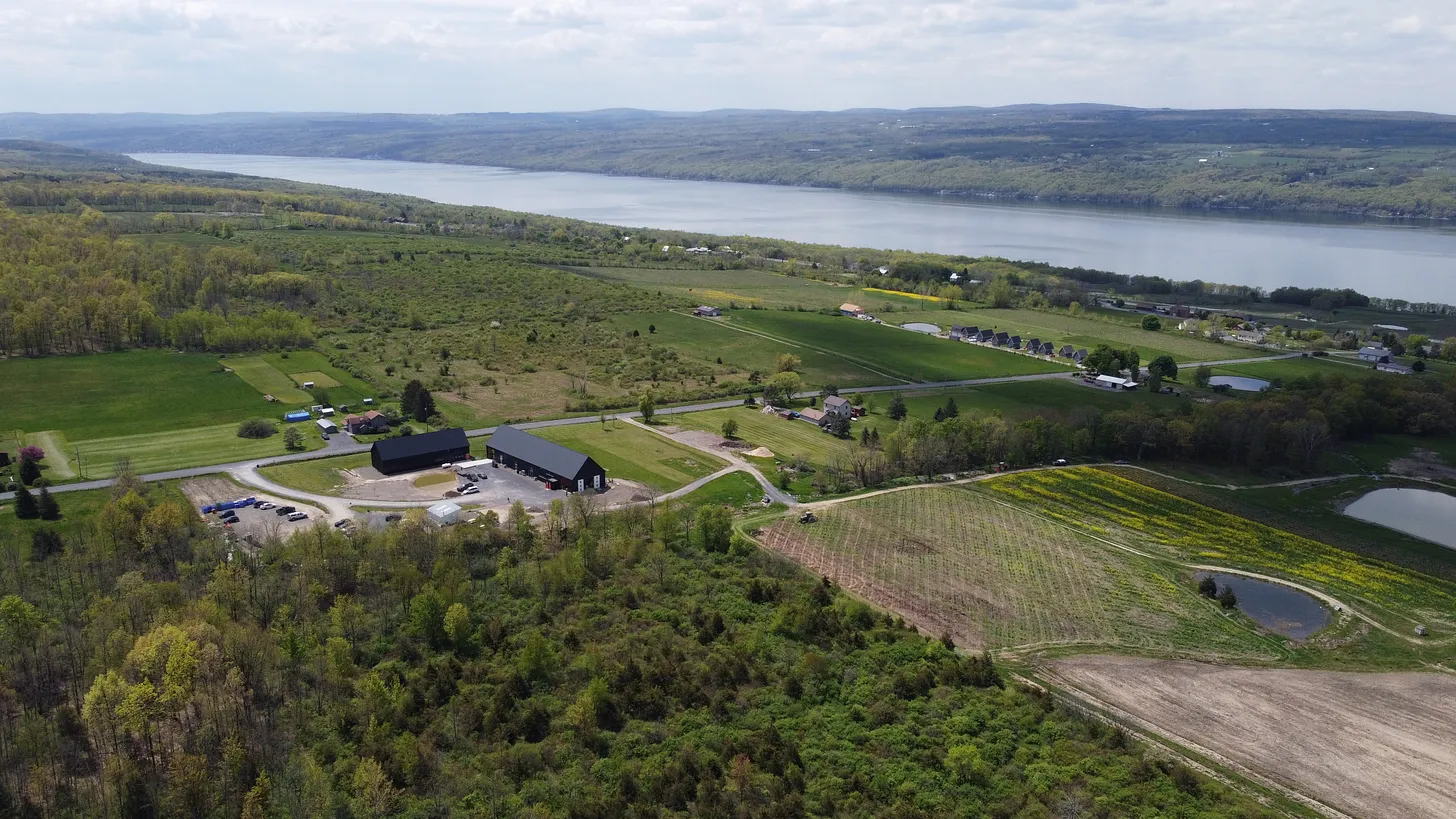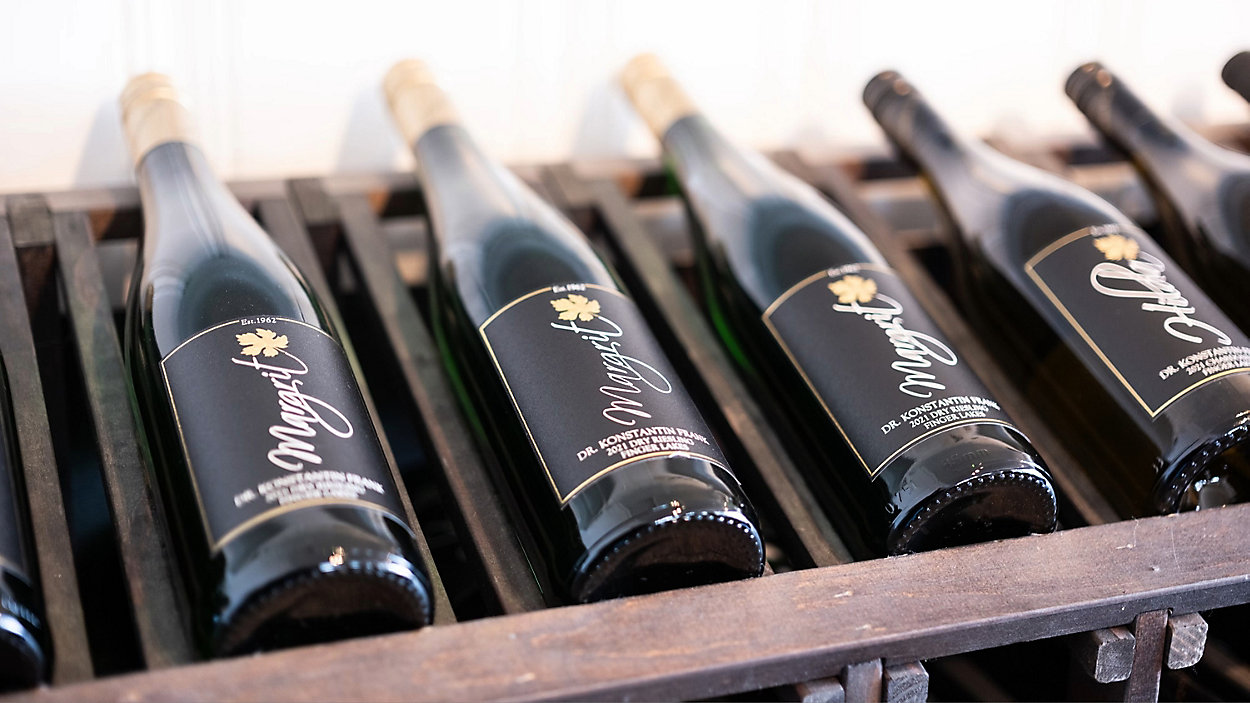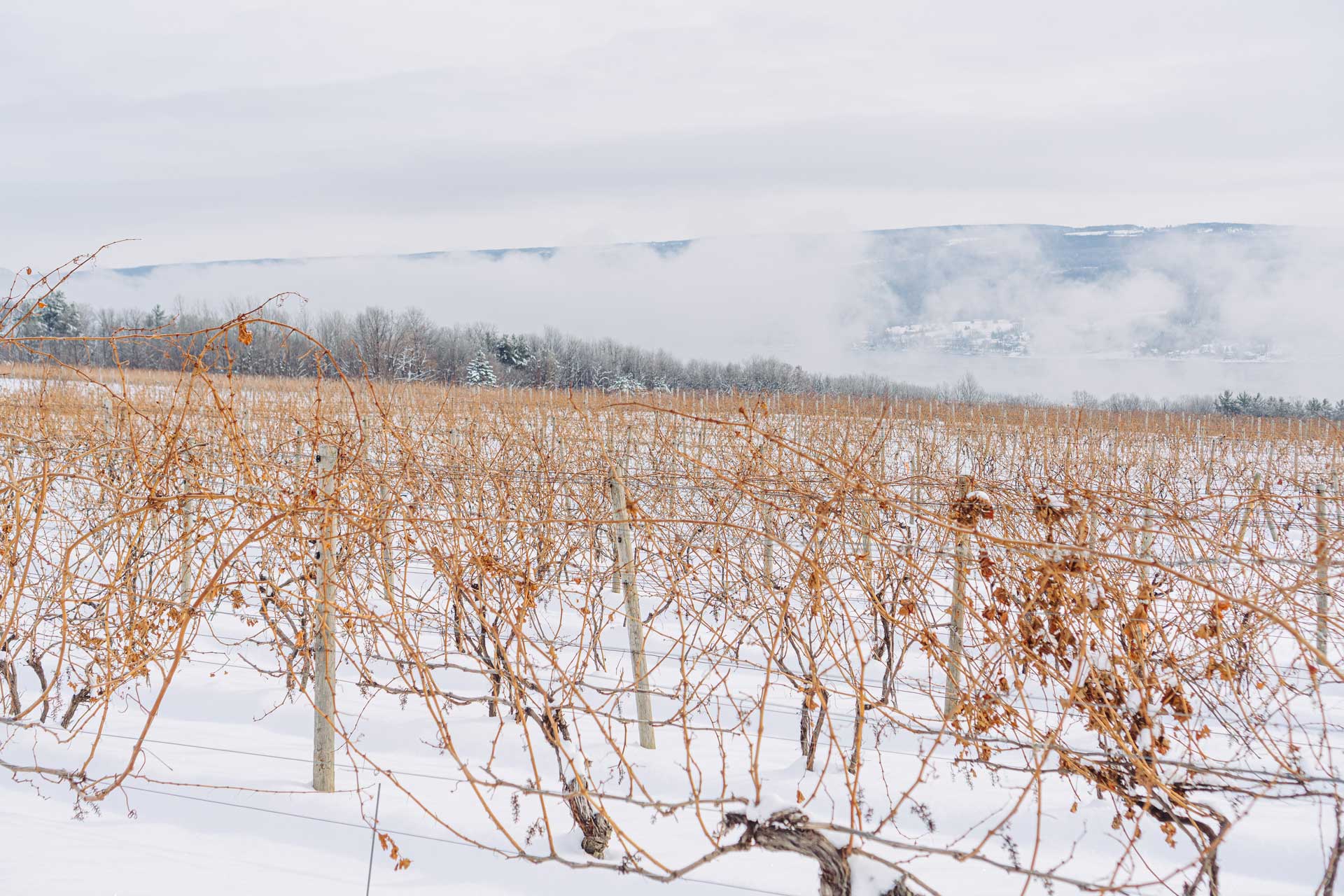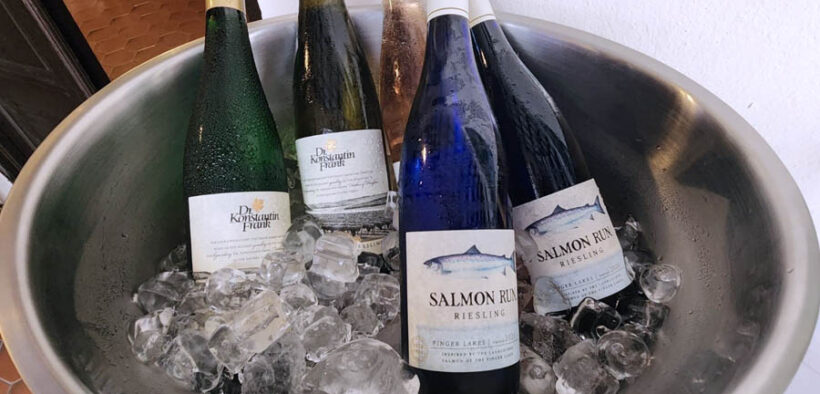After the lengthy aging process, we prepare the sparkling wines for their final chapter, disgorgement. The bottles are carefully turned and gradually tilted until they are upside down. This allows the sediment to settle in the neck of the bottle. The neck is then frozen, trapping the sediment in a solid plug of ice.
With the help of our disgorging machine, the bottle cap is removed, and the pressure inside ejects the frozen sediment. The bottle is then quickly topped up with a mixture called the ‘liqueur d’expédition’, which determines the wine’s sweetness level, before being corked and caged.
Once caged, each bottle is mixed, washed, dried, foiled, labeled, and packed. Every bottle is hand-touched over two dozen times. This process, perfected over centuries, ensures each bottle of sparkling wine is a testament to the dedication and craftsmanship of its makers.
Let’s raise a glass to Eric and Mary and their hardworking hands and devoted hearts that make each bottle a sparkling masterpiece!


